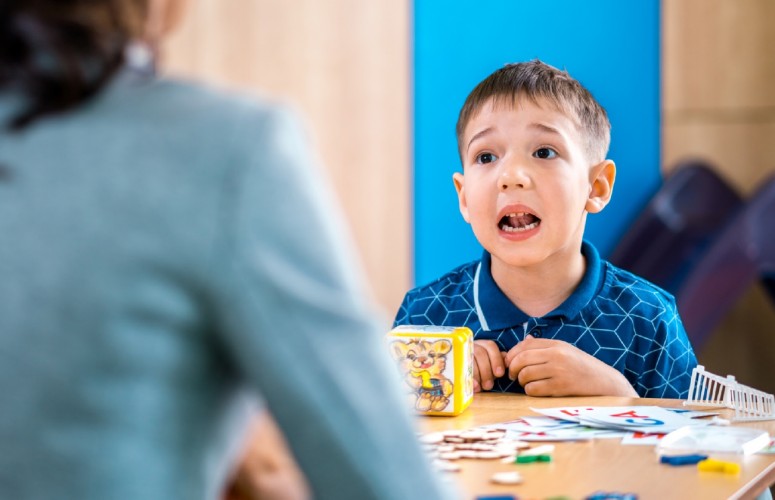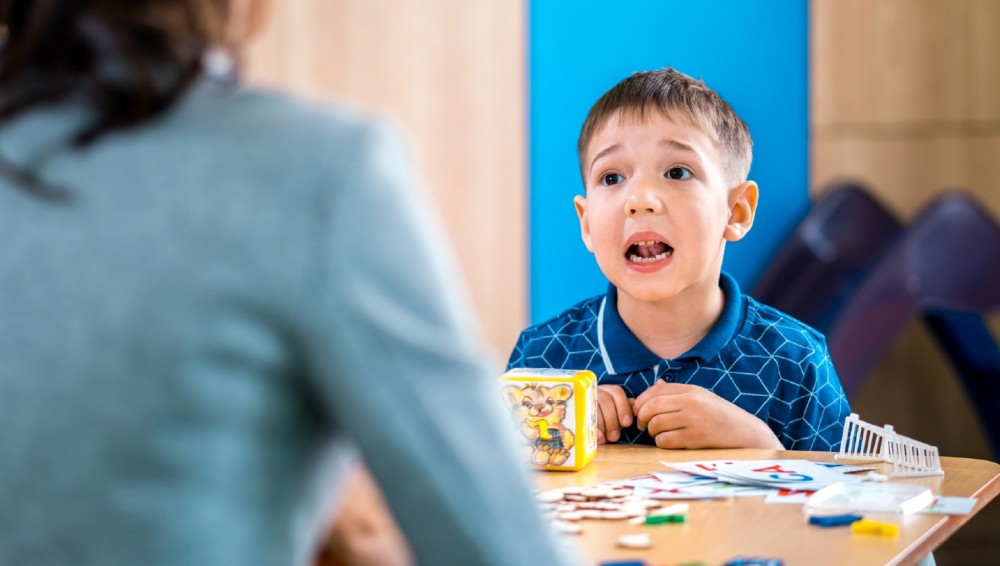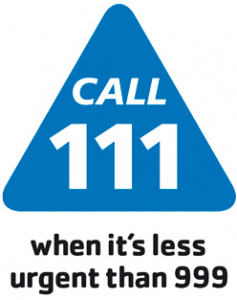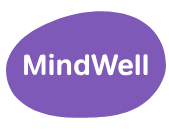Things that help:
- Always be positive about your child’s speech and use lots of praise.
- Have fun playing with interesting sounds together, like animal and transport noises.
- Encourage your child to talk and play with others. This will help their communication skills and confidence to develop.
- Turn off the TV, radio and DVD whilst you practise so your child can hear you and other people speaking.
- Repeat words clearly back to your child without asking them to copy (this is called modelling).
Child: “look, a tat”
You: “Yes it’s a cat”
- Listen to what your child says and not how they say it.
- Songs and rhymes can be really helpful.
Things to avoid
- Don’t tell your child that they have made a mistake … try to accept their attempt at a word, however unclear it may seem. Use modelling instead.
- Don’t try to make your child say a sound or word correctly. This may lead to frustration or a negative attitude towards speaking.
- Don’t allow your child to talk with a dummy in. It is better to keep dummy use to bedtimes and it should always come out for talking.
If you are having trouble understanding your child you could:
- Ask them to say it again
- Go back and repeat the part of the message you understood e.g. “Going where?” or “Mum said what?”
- Ask them to tell you some more about it
- Can they show you or take you there?
Once you think you have grasped what the child has said, repeat it back to them.
How to support your child when they are difficult to understand:
Ask the child to tell you another way or show you
- Ask questions around what the child is trying to say to gain more information e.g. did this happen at home or at school?
- Try to avoid asking questions which are open-ended and have no context such as “what did you do over the weekend?”
- Build up effective home/school liaison which may take the form of a diary. This will enable both parties to jot down any information of note which the child is likely to discuss, for example, weekend activities.
- Build up a list of names of key family members, pets, and friends. Names are often the hardest words to decipher.
- If you do not understand all that a child has said, repeat back the sentence to the point where you got lost; it is less laborious for the child to repeat back a small chunk rather than the whole sentence
- Try to avoid making non-committal noises if you cannot understand a child; they are likely to guess that you have not understood
- Communicate with a child face-to-face; children with speech difficulties sometimes compensate by using more facial expression or gesture
Taken from ‘Communication Difficulties – an Information Pack for Leeds Schools’ (Janet Addison and Anne Wirt, 1996)




